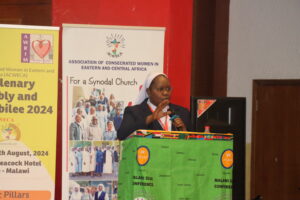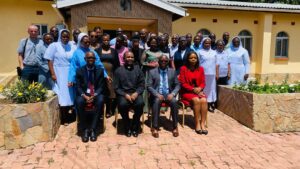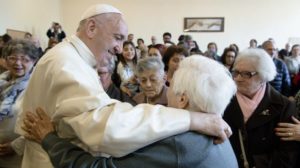ERITREA: Asmara Elevated to Archeparchy; The first Metropolitan Archbishop Appointed
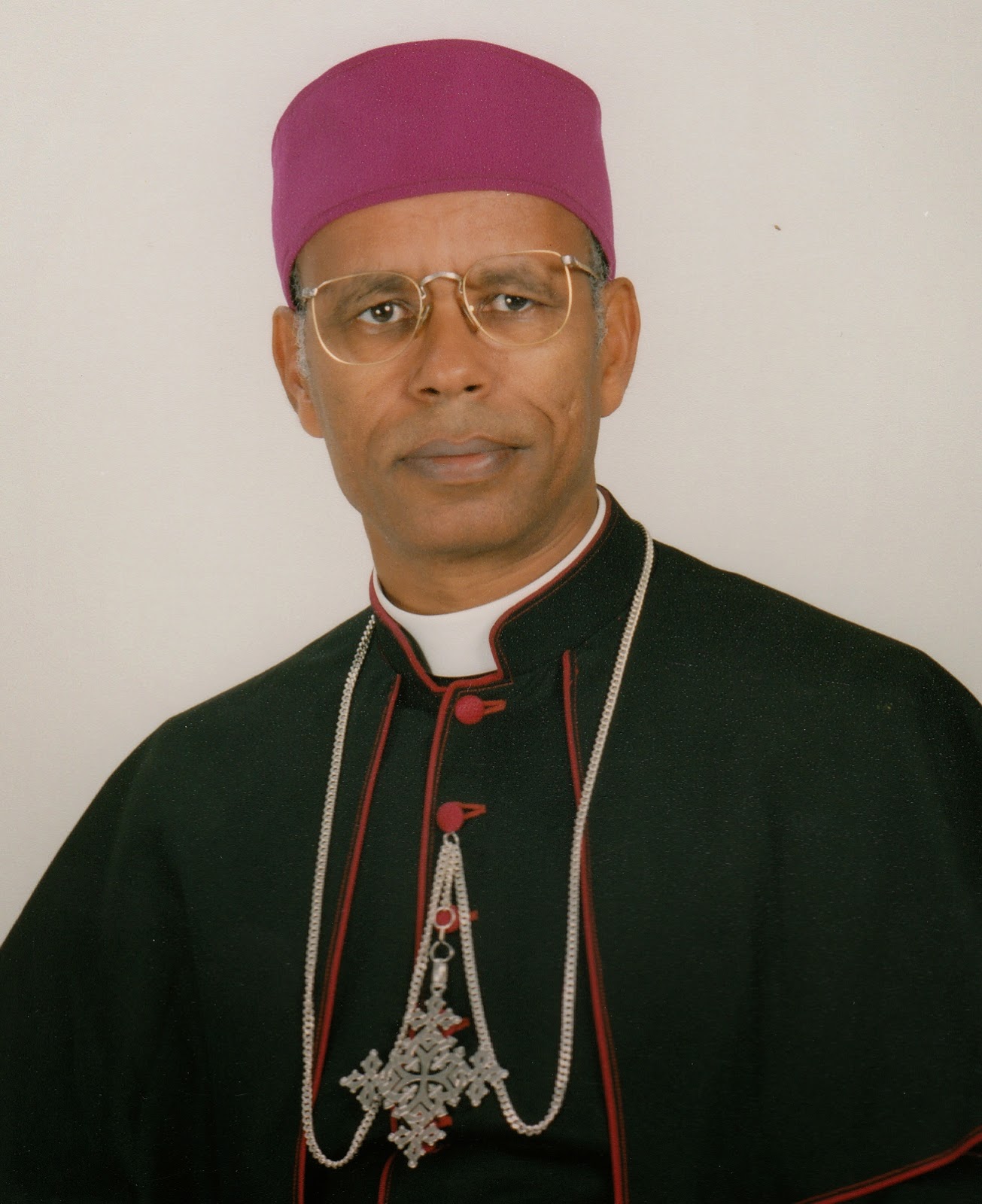
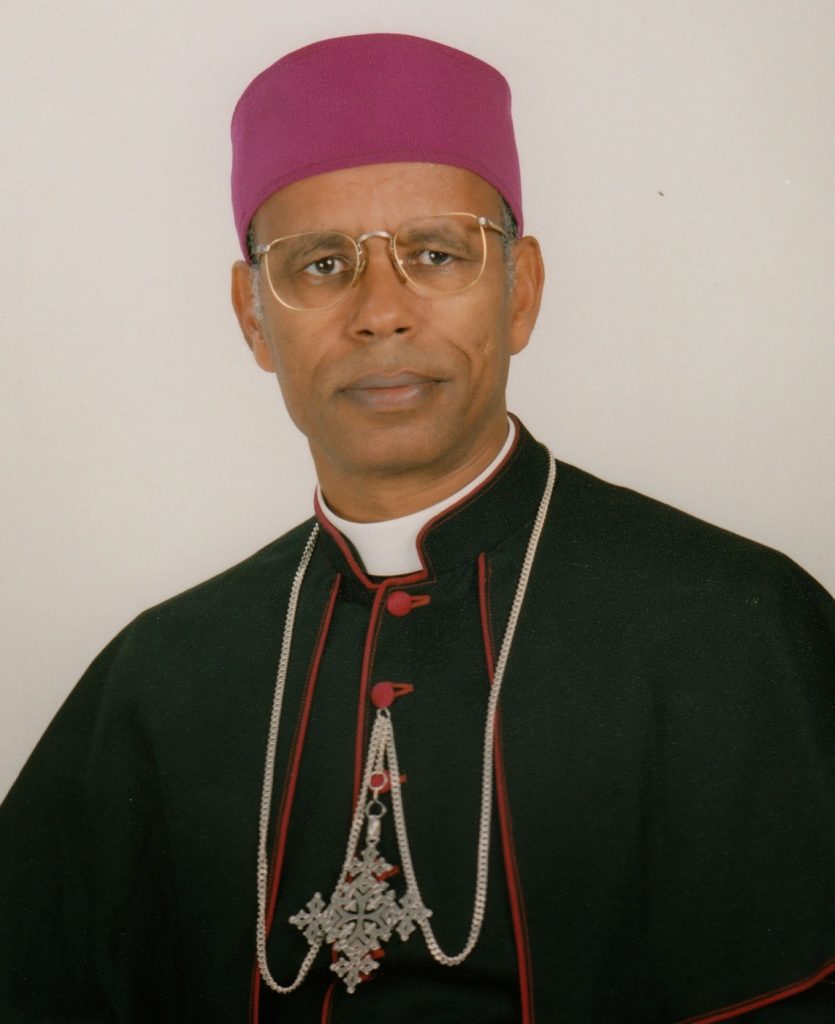 |
| Most Rev. Menghesteab Tesfamariam, MCCJ, Archbishop Designate of Asmara |
The Holy
Father Pope Francis, on 19th
January 2015, erected the Metropolitan Church sui iuris in Eritrea dividing it from
the Metropolitan Archeparchy of Addis Ababa; and appointed the first
Metropolitan Archbishop His Excellency Menghesteab Tesfamariam, MCCJ hitherto
Eparchial Bishop of Asmara.
Father Pope Francis, on 19th
January 2015, erected the Metropolitan Church sui iuris in Eritrea dividing it from
the Metropolitan Archeparchy of Addis Ababa; and appointed the first
Metropolitan Archbishop His Excellency Menghesteab Tesfamariam, MCCJ hitherto
Eparchial Bishop of Asmara.
The seat of the new metropolitan Church
is Asmara, which is elevated to the status of metropolitan Archdiocese.
is Asmara, which is elevated to the status of metropolitan Archdiocese.
The term sui iuris which means “of its own right” or “of its own law” is of
great importance as it makes the Catholic Church in Eritrea fully independent.
Without it, Catholic Church in Eritrea would have remained an Ecclesiastical
Province under Ethiopian Catholic Bishops Conference.
great importance as it makes the Catholic Church in Eritrea fully independent.
Without it, Catholic Church in Eritrea would have remained an Ecclesiastical
Province under Ethiopian Catholic Bishops Conference.
The Metropolitan Church sui iuris, is governed by the Code of
Canons of the Eastern Churches 155-173 CCEO and in its canonical form is
distinguished by having an ecclesiastical province headed by a Metropolitan.
Speaking to AMECEA Online News from Eritrea, The Archbishop designate, His Excellency Menghesteab Tesfamariam said that this is a historical milestone
for the Catholic Church in Eritrea for that the process of making the Catholic
Church in Eritrea independent has been going on for a long time. “Officially up
to now the Churches in the two neighbouring countries formed one Episcopal
Conference,” he said.
for the Catholic Church in Eritrea for that the process of making the Catholic
Church in Eritrea independent has been going on for a long time. “Officially up
to now the Churches in the two neighbouring countries formed one Episcopal
Conference,” he said.
According to the Code of Canons of the
Eastern Churches, there are four kinds of Eastern Catholic churches: Patriarchal
(led by a Patriarch), major Archepiscopal (led by an Archbishop), metropolitan sui iuris (led by a Metropolitan Archbishop),
and other sui iuris churches.
Eastern Churches, there are four kinds of Eastern Catholic churches: Patriarchal
(led by a Patriarch), major Archepiscopal (led by an Archbishop), metropolitan sui iuris (led by a Metropolitan Archbishop),
and other sui iuris churches.
The new Metropolitan sui iuris extends on all Eritrean
territory and includes the following eparchies: Archeparchy of Asmara; the
Eparchy of Barentu;
the Eparchy of Keren and the
Eparchy of Segheneity.
His Excellency Menghesteab
Tesfamariam, MCCJ, was born on 24 December 1948 in Berakit, eparchy of Asmara.
He entered the novitiate of the Comboni Missionaries on 1 September 1971 and
issued temporary vows June 25, 1973. After five years, March 15, 1978, has
professed perpetual vows. He studied and attended regular courses Institutional
philosophy and theology to the priesthood.
Ordained a priest February 18,
1979, he became assistant priest at Namalu, Uganda, 1979-1985. From 1985 to1990
he dedicated to the training of the Comboni postulants in Addis Ababa; From
1992 to 1994, he attended a two year specialization course at the Catholic
Theological Union, Chicago (USA). From 1 January 1991 to 31 October 1993, was
in charge of the training of the Comboni School in Chicago and from 1 November
1993 to 31 December 1996 has been named local Superior always in Chicago.
On 25 June 2001 he was appointed
by Pope John Paul II, Bishop of Asmara and received episcopal ordination from
its predecessor Zekarias Yohannes September 16, 2001.
Since 2001 he became the
Eparchial Bishop of Asmara.
By
Pamela Adinda, AMECEA Online News Reporter
